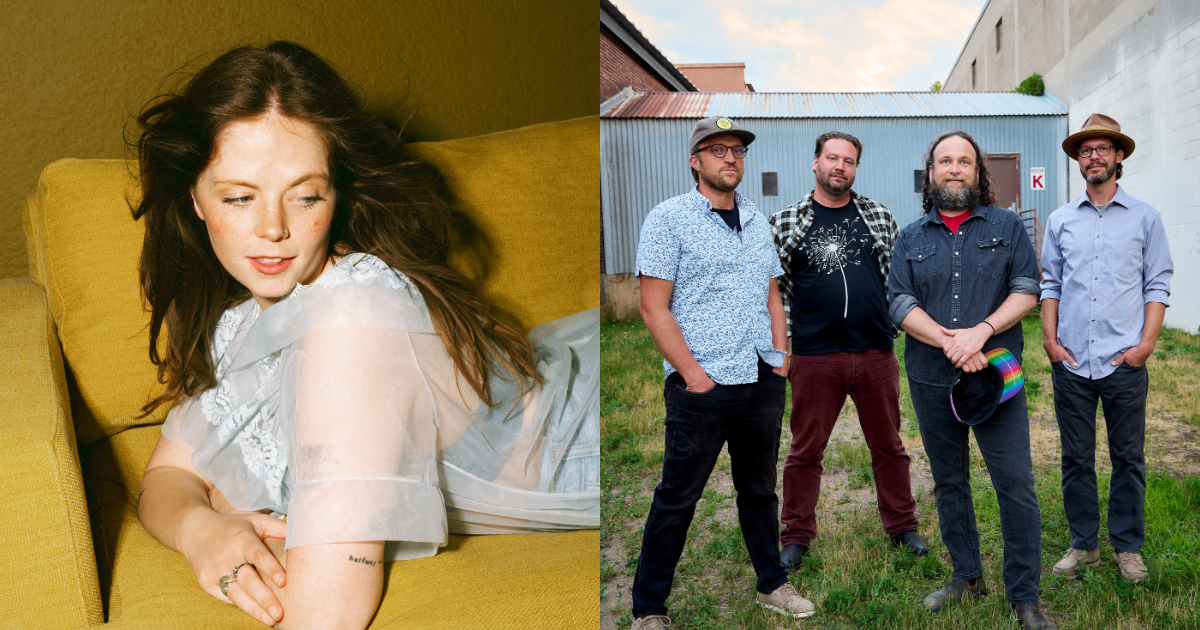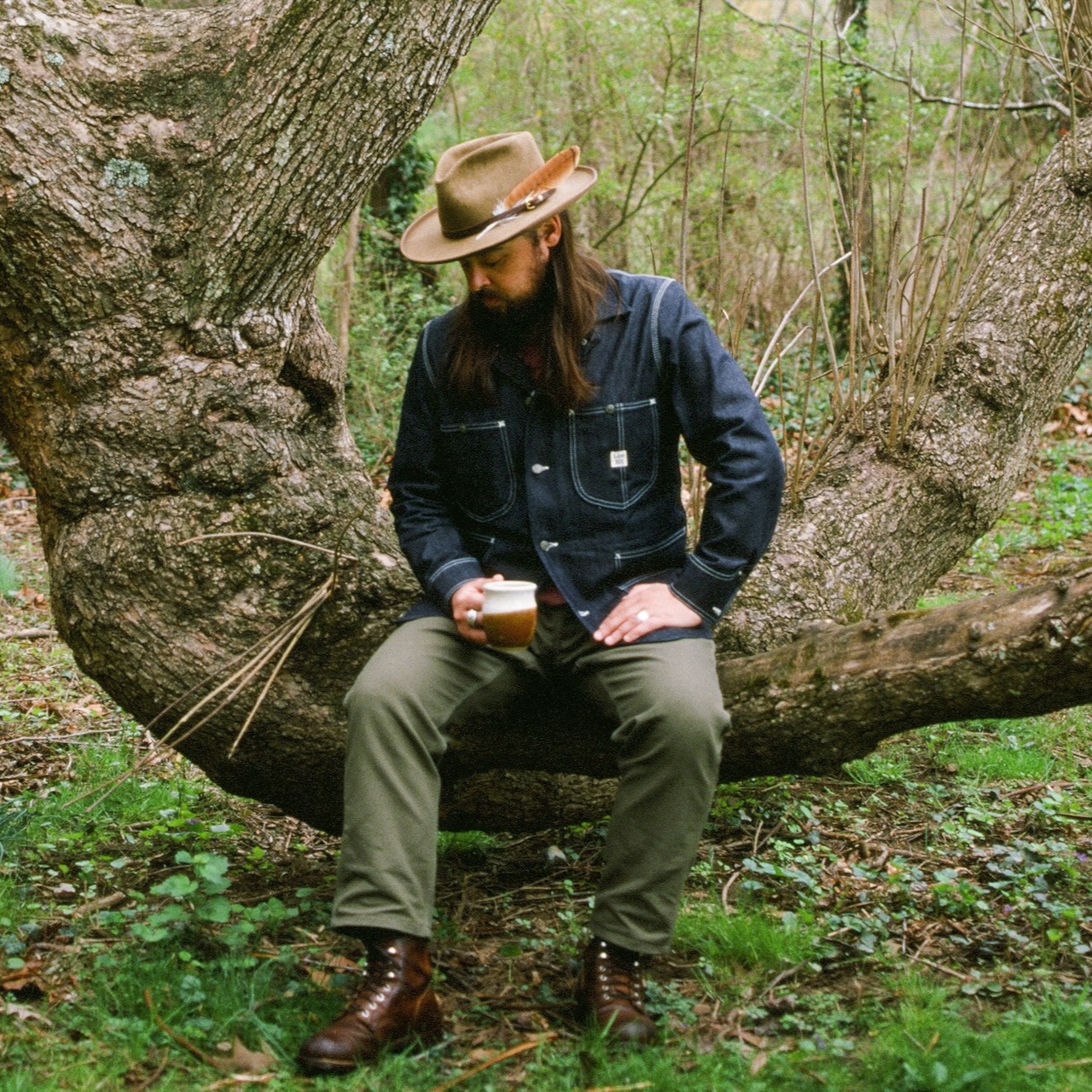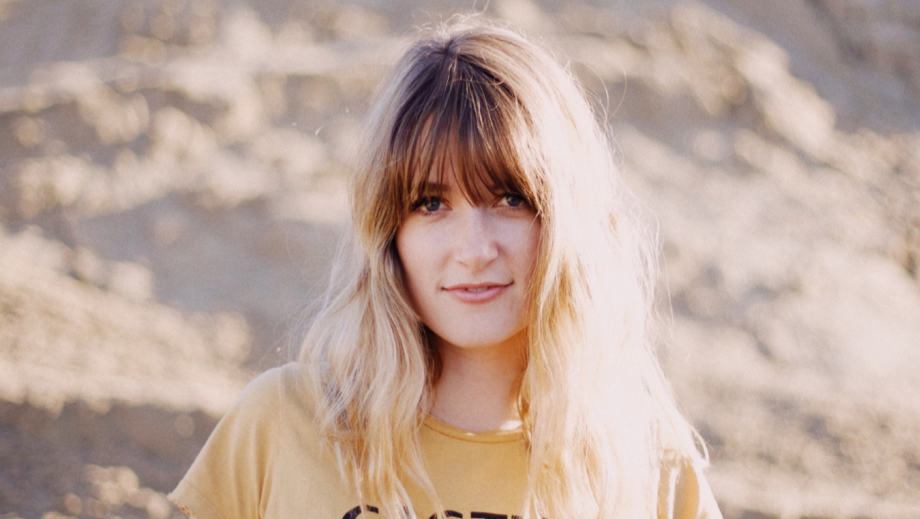Somehow it’s December and we’ve already reached our final collection of new roots music, songs, and videos for 2025. It’s been a year absolutely packed with essential new music that you gotta hear, hasn’t it? We think this final round-up is the perfect way to go out, as we look ahead to plenty more fresh tracks to share in 2026.
First, mandolinist Jesse Appelman previews the first single from his upcoming debut solo album. “Glacier Song” is sung from the perspective of the titular glacier, examining the inevitability of time and change with bluegrass trappings and tasteful dashes of old-time from his talent-stacked ensemble. Texan singer-songwriter Dustin Brown calls on fellow Texan Billy Hartman and Nashville-based Rachel Cole for his new track, “Ballerina.” Out next week, it’s a simple, stripped-down, and twangy arrangement for a song about yet another tale as old as time: a love triangle between two people and their freedom.
Also, Kara Arena draws inspiration from the Hindu deity Hanuman for a new single, “Whose Face Is On Your Heart.” A harbinger for her upcoming EP, which is set for release in January 2026, the vibey modern folk number finds the singer-songwriter considering the concept of our loved ones leaving indelible marks on our hearts while wrapped in cinematic strings. From Toronto, Meredith Moon returns to her just-released September album, From Here to the Sea, to share a brand new performance video for “Poseidon.” She’s accompanied by Tony Allen, Rachel Melas, and Mikey Shakes as they play the song down at Compass Records’ “Hillbilly Central” studio. “Poseidon” is about rising above the tumult of toxicity and negativity and choosing your own heart.
To conclude, we take a trip to Minneapolis and St. Paul, Minnesota to catch new singles debuted this week by both Ber and Pert Near Sandstone, two acts from the incredibly music-rich Twin Cities. Today, Ber announced her upcoming new album, Good, Like It Should Be, set for release in early April 2026. The lead single from that project, “Book Cover,” is about the deeper meaning and understanding that can be hidden inside ourselves and is found in the delicious sonic territory where country, indie, and pop overlap. You can easily picture the song on mainstream country radio and an indie-pop playlist, too.
Pert Near Sandstone, for their part, lean into Irish folk and Celtic sounds with accordion, tenor banjo, and a shout-along, pub-ready lyric. “Side by Side” is about perseverance and rising above interpersonal challenges together. With resonant accordion and banjo tremolos, you’ll feel like you’re huddled up with the band in the corner of a cozy pub jamming along.
There’s plenty to hear and enjoy below. Thanks for sharing a year’s worth of new music with us! We’ll see you in 2026 right here for more premieres, but for now… You Gotta Hear This!
Jesse Appelman, “Glacier Song”
Artist: Jesse Appelman
Hometown: Oakland, California
Song: “Glacier Song”
Album: Where We Go
Release Date: December 12, 2025 (single); February 20, 2026 (album)
In Their Words: “This song might not make much sense until you realize that it’s sung from the first-person perspective of a glacier – and what better inanimate object could there be to explore the inevitability of time and change? Written one of my oldest friends, Will Fourt, the crooked and circular structure was a perfect vehicle for this ensemble to weave the spontaneous and lush whirlwind of melody that ends the track. The refrain, ‘I don’t know where we go,’ here an expression of uncertainty, gave rise to the album title, re-worked as a statement of intent: Where We Go.” – Jesse Appelman
Track Credits:
Jesse Appelman – Mandolin, vocals
Sami Braman – Fiddle
Allison de Groot – Clawhammer banjo
Emily Mann – Bass, harmony vocals
Eli West – Guitar, harmony vocals
Kara Arena, “Whose Face Is On Your Heart”
(Click to listen)
Artist: Kara Arena
Hometown: New York, New York
Song: “Whose Face Is On Your Heart”
Album: Whose Face Is On Your Heart (EP)
Release Date: December 5, 2025 (single); January 2026 (EP)
In Their Words: “‘Whose Face Is On Your Heart’ was born after I encountered the story of Hanuman, the Hindu deity. What truly distinguishes Hanuman is his deep devotion to his Lord, Rama and Devi Sita. When his loyalty comes into question, Hanuman says, ‘Every inch of my body has Rama in it. My heart and soul are made of Rama.’ When doubt of his love persists, he tears open his chest to reveal images of Rama and Sita glowing within his heart. When writing this song, I thought about what it would be like if our hearts were branded with the ones we love most. We wear their faces like a badge of honor. And when love leaves, do those sketches become scars?” – Kara Arena
Track Credits:
Kara Arena – Vocals, guitar, songwriter
Michael Lepore – Piano
Brett Bass – Upright, electric bass
Matt Bent – Drums, percussion
Mae Roney – Violin
Rachel Rice – Cello
Joe Cilento – Electric guitar, keys
Ber, “Book Cover”
Artist: Ber
Hometown: Minneapolis, Minnesota
Song: “Book Cover”
Album: Good, Like It Should Be
Release Date: December 5, 2025 (single); April 3, 2026 (album)
Label: Nettwerk Music Group
In Their Words: “I wrote ‘Book Cover’ last year over a cup of tea with my friend Corey Sanders, who at the time was consoling me as I was feeling very overlooked and invisible as a small, independent artist and writer in the music industry. At its surface, ‘Book Cover’ is about heartache and longing to be known for what’s inside, to be given a shot by someone not based on your looks or appearance, but because of the person you are. In its bones I’ve personally found deeper meaning— ‘Book Cover’ is a sweet reminder to myself to know your worth and acknowledge what you bring to the table. It’s one of my favorite songs from my forthcoming album, and I hope you like it!” – Ber
Dustin Brown, “Ballerina” (with Billy Hartman, Rachel Cole)
Artist: Dustin Brown, Billy Hartman, Rachel Cole
Hometown: Moody, Texas (Dustin); Texas (Billy); Nashville, Tennessee (Rachel)
Song: “Ballerina”
Release Date: December 12, 2025
Label: New Usual Records
In Their Words: “Writing a song can be as complex as the characters in it. Some fall out on the table, but this one definitely reflects its process as much as its meaning. The turmoil behind the writing of this song influenced its jaded undertones. It’s a tale as old as time, a love triangle between two souls and freedom. A dilemma of one’s resolve and another’s yearning.” – Dustin Brown
Meredith Moon, “Poseidon”
Artist: Meredith Moon
Hometown: Toronto, Ontario, Canada
Song: “Poseidon”
Album: From Here to the Sea
Release Date: December 2, 2025 (video); September 12, 2025 (album)
Label: Compass Records
In Their Words: “‘Poseidon’ was written during a pretty tumultuous time in my life, juggling priorities and in the end choosing my heart over all else. I felt the weight of the negativity inflicted on me by the toxic situations I’d left recently and ‘Poseidon’ was about re-instilling my own power and safety, like surrounding myself by an orb of protection.” – Meredith Moon
Performance Credits:
Meredith Moon – Guitar, vocals
Tony Allen – Fiddle
Rachel Melas – Bass
Mikey Shakes – Drums
Video Credit: Filmed at Compass Studios by Emma McCoury.
Pert Near Sandstone, “Side by Side”
Artist: Pert Near Sandstone
Hometown: Minneapolis / Saint Paul, Minnesota
Song: “Side by Side”
Album: Side by Side
Release Date: December 3, 2025 (single); February 27, 2026 (album)
In Their Words: “I originally started writing ‘Side by Side’ about my relationship with my wife and us pushing through challenging times. However, as the song came together, I realized the message of perseverance applied equally to the band and the challenges we go through together as professional musicians touring on the road. The music is traditional Irish-folk inspired, featuring wonderful accordionist Patrick Harison and Nate Sipe on Irish tenor banjo. I sing the lead along with full band group vocals and harmonies, which add to that real pub anthem sound. While in the recording studio we pulled the title ‘Side by Side’ from the lyrics which eventually became a rallying cry and decided it would be a fitting name for the new album.” – J Lenz
Track Credits:
J Lenz – Acoustic Guitar, vocals, songwriter
Kevin Kniebel – Clawhammer banjo, vocals
Nate Sipe – Mandolin, tenor banjo, vocals
Justin Bruhn – Upright bass, vocals
Patrick Harison – Accordion
Photo Credit: Ber by Tom Thornton; Pert Near Sandstone by Tony Nelson.



